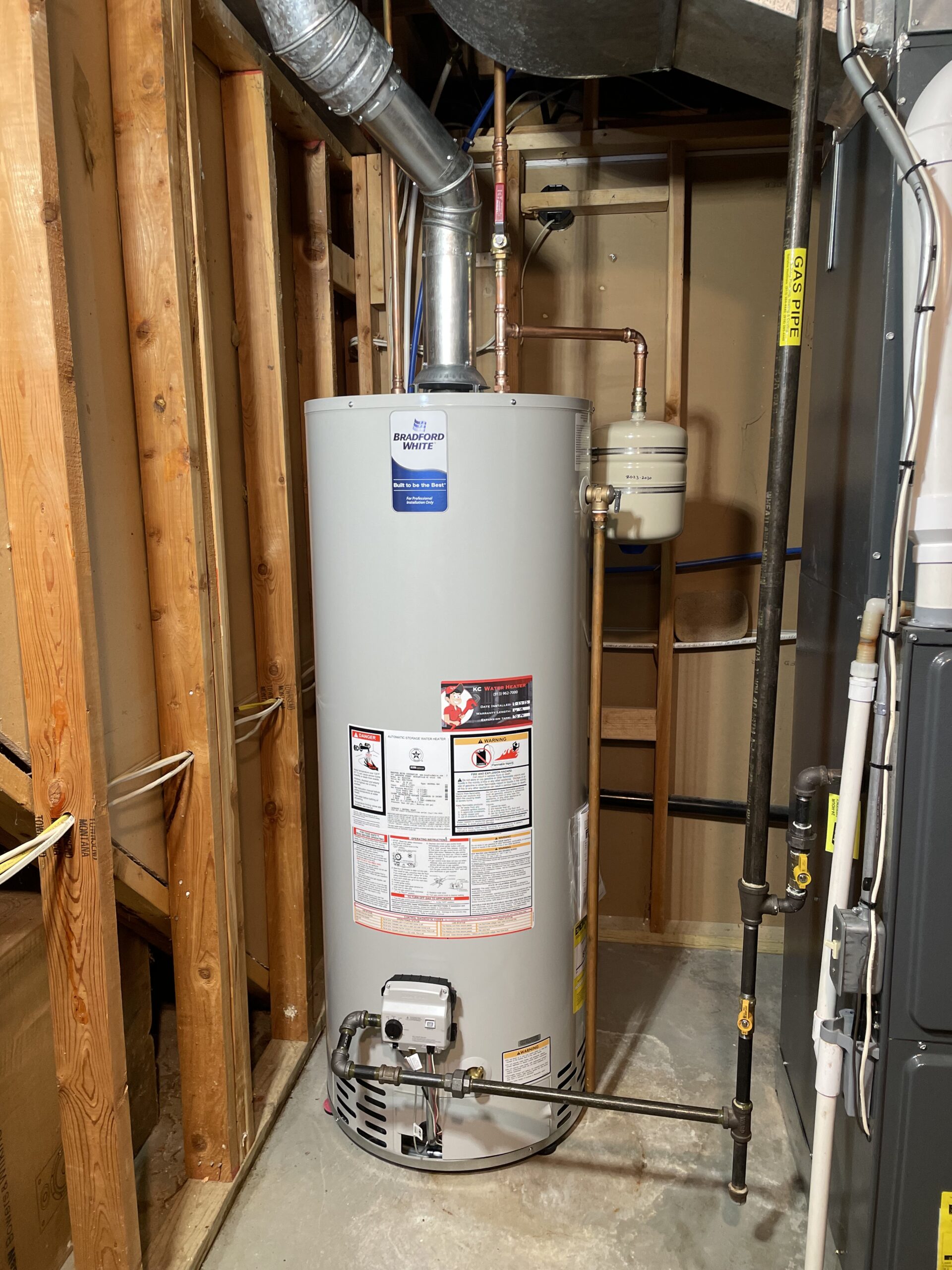Are you searching for answers concerning Water Heater Maintenance Tips You Can't Afford to Forget?

Warm water is crucial for daily convenience, whether it's for a rejuvenating shower or cleaning meals. To ensure your hot water system runs successfully and lasts longer, routine upkeep is vital. This short article supplies useful pointers and insights on how to preserve your home's hot water system to stay clear of disruptions and expensive fixings.
Introduction
Preserving your home's warm water system might seem complicated, but with a few basic actions, you can ensure it operates smoothly for years to find. This guide covers everything from understanding your warm water system to DIY maintenance pointers and knowing when to employ professional assistance.
Importance of Preserving Your Warm Water System
Regular maintenance not just expands the lifespan of your warm water system yet likewise ensures it operates successfully. Neglecting maintenance can bring about reduced effectiveness, greater energy expenses, and also early failure of the system.
Indications Your Hot Water System Requirements Upkeep
Knowing when your hot water system requires attention can stop significant issues. Look out for indications such as irregular water temperature, strange noises from the heating unit, or corroded water.
Comprehending Your Warm Water System
Prior to diving into maintenance tasks, it's practical to recognize the standard components of your hot water system. Usually, this includes the water heater itself, pipelines, anode poles, and temperature level controls.
Month-to-month Upkeep Tasks
Normal monthly checks can help catch minor issues before they escalate.
Flushing the Water Heater
Purging your hot water heater removes sediment buildup, improving effectiveness and extending its life.
Monitoring and Changing Anode Rods
Anode poles protect against deterioration inside the storage tank. Checking and replacing them when worn is important.
Checking and Changing Temperature Level Settings
Adjusting the temperature settings ensures optimal performance and safety.
DIY Tips for Upkeep
You can execute numerous upkeep jobs on your own to keep your hot water system in leading problem.
Looking for Leaks
Routinely inspect pipes and connections for leaks, as these can lead to water damages and greater expenses.
Evaluating Pressure Relief Valves
Examining the stress relief valve ensures it functions correctly and protects against too much stress build-up.
Shielding Pipes
Insulating hot water pipelines minimizes warm loss and can save energy.
When to Call a Specialist
While do it yourself upkeep is valuable, some problems require professional competence.
Complex Problems Requiring Professional Aid
Instances include significant leakages, electrical problems, or if your hot water heater is constantly underperforming.
Regular Expert Maintenance Conveniences
Expert maintenance can consist of thorough assessments, tune-ups, and ensuring conformity with safety criteria.
Final thought
Regular upkeep of your home's hot water system is essential for effectiveness, longevity, and price financial savings. By complying with these tips and recognizing when to seek expert help, you can make certain a reliable supply of warm water without unexpected disturbances.
Water Heater Maintenance Tips
Test the TPR Valve
Shut off the power and the cold-water supply valve. Place a bucket under the pipe connected to the temperature-pressure-release (TPR) valve on the top or side of the tank. (This valve opens if the tank pressure gets too high.) Lift the valve’s tab to let some water out, then let go. If water keeps flowing, drain the tank partway, unscrew the old valve with a pipe wrench, and install a new one. Check the Anode Rod
Put a hose to the tank’s drain cock and let out a few gallons of water. Now fit a 1 1/16-inch socket onto the rod’s hex head on top of the heater (or under its top plate) and unscrew the rod. If it’s less than ½ inch thick or coated with calcium, buy a new one, wrap its threads with Teflon tape, put it back in the tank, and tighten securely. Use this segmented rod if headroom above the tank is limited. Drain the Tank and Wash Out Sediment
Drain the remaining water in the tank into the bucket, then stir up the sediment on the tank’s bottom by briefly opening the cold-water supply valve. Drain and repeat until clean water comes out of the hose. Close the drain cock, refill the tank, and turn its power back on. Adjust the Temperature
Find the temperature dial on the side of the tank and unscrew its cover. Adjust the dial to 120 degrees using a flathead screwdriver. For every 10 degrees the temperature is lowered, you can expect to save up to 5 percent in energy costs. Turn the water heater off or the thermostat down to its lowest setting if you plan to be away from home for more than three days. Insulate the Pipes
Buy some self-sticking 3/8-inch-thick foam pipe insulation that matches the pipes’ diameter. Slide the foam over the hot-and cold-water pipes as far as you can reach. Insulating the cold-water pipe prevents condensation in summer. Peel the tape and squeeze the insulation closed. If the pipe is 6 inches or less from the flue, cover it with 1-inch-thick unfaced fiberglass pipe wrap. https://www.thisoldhouse.com/plumbing/21016402/how-to-maintain-a-water-heater

As a reader on How to Maintain Your Water Heater & Prolong its Life, I think sharing that article was really useful. Sharing is nice. You never know, you will be helping someone out. We recognize the value of reading our article about How to Maintain Your Water Heater & Prolong its Life.
Call Today